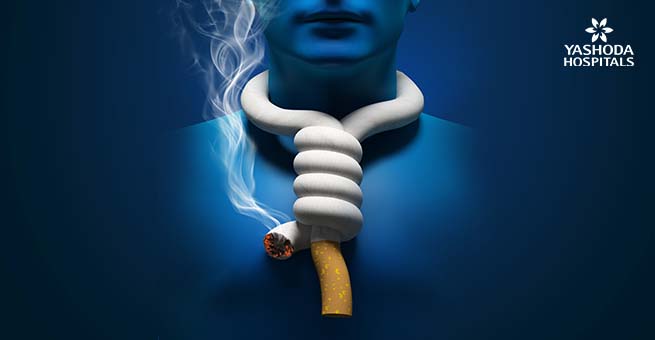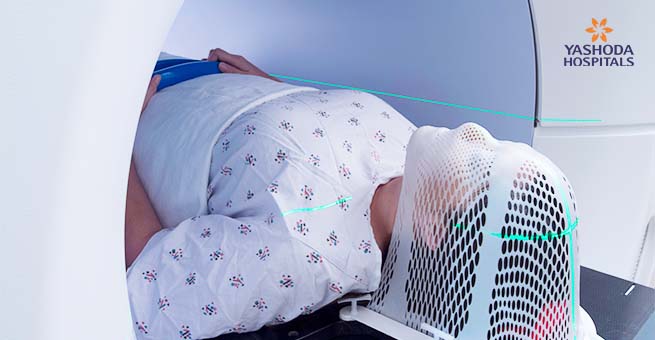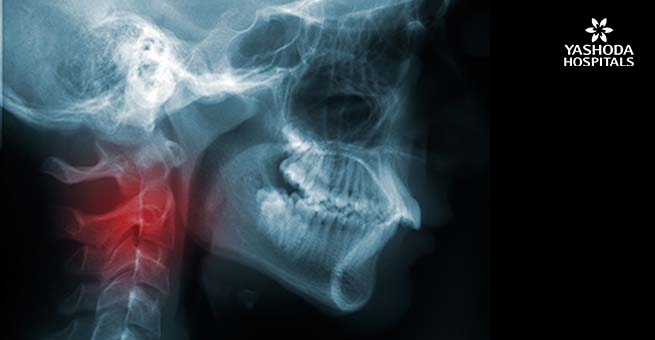Diagnosis and Treatment for Head and Neck cancers

What is head and neck cancer?
Any cancer that arises in the head and neck area like mouth, throat, voice box, and several other places are considered head and neck cancers. Cancers related to the brain, eyes, skin on the head, and the thyroid does not come under the head and neck cancer category.
Head and neck cancers can originate in the sinuses, larynx or voice box, pharynx or throat, salivary glands, and entire mouth, including the tongue, gums, inside the cheeks, and lips.
Head and neck cancer staging –
The staging of cancer informs about the size and the extent of the spread of cancer. The treatment procedure also depends on the head and neck cancer staging.
Stage 1: The tumor size is less than 2 cm, and there is no spread to the nearby structures.
Stage 2: The tumor size is between 2 to 4 cm with no spread of the cancer cells to any structure.
Stage 3: Here, the cancer cells can belong to one category or the other
- If the tumor size is more than 4cms
- Or, the cancer cells have invaded one lymph node on the same side of the tumor, and the tumor size is less than 3cms.
Stage 4: These are the following categories
- Stage 4a: The tumor cells spread to nearby areas on one or both sides of the head and neck. No widespread invasion.
- Stage 4b: The tumor cells invade deeper structures with no distant spread.
- Stage 4c: The tumor cells have spread to distant areas.
Get a free second opinion and consult our cancer experts now to know more about head and neck cancers.
What causes head and neck cancer?
Head and neck cancers are generally present in people exposed to various environmental factors that are potentially harmful. Most of them have a history of lifestyle habits like smoking or drinking alcohol are the primary culprits.
Here are a few of the risk factors
- Tobacco – It is the single most popular risk factor for head and neck cancers. Chewing tobacco most commonly leads to oral cavity cancer. Smoking and second-hand exposure to smoking are major risk factors in patients who develop head and neck cancer.
- Alcohol – This is the second most common risk factor.
- Infections – HPV and EBV are the two viruses that are linked with head and neck cancers.
- Gender and age – Head and neck cancers are common in men and people above 50 years.
- Genetic conditions – People affected by Fanconi anemia and Dyskeratosis congenita are at risk of developing head and neck cancer.
- Pan or Betel leaf – chewing betel leaf is a risk factor, especially in southeast Asia.
- Vaping.
- Radiation and sun exposure.
Is Head and neck cancer curable?
Yes, most of them are curable when head and neck cancer diagnosis is made in the early stages.
Head and neck cancer treatment include the following
-
- Surgery.
- Chemoradiation for head and neck cancer.
- Immunotherapy for recurrent head and neck cancer.
- Targeted therapy.
It was concluded that treatment with cisplatin appears to be better than carboplatin in the cisplatin vs carboplatin head and neck cancer and other solid tumor studies.
The treatment model for each patient is different. It depends on the factors like the type of cancer, location, size, and spread of the tumor. The above treatments are utilized in various combinations for each individual.
There is no established treatment cost in hospitals in Hyderabad. It depends on the type and the duration of the treatment.
Do I have head and neck cancer?
Head and neck cancer symptoms depend on the location of the tumor.
If the cancer is in the throat, it can cause symptoms like
- Difficulty in chewing or swallowing food.
- Presence of a lump.
- Sore throat that doesn’t get better.
- Ringing or pain in the ears.
- Trouble with hearing.
If the cancer is in the voice box or larynx, it can cause symptoms like
- Pain in the ears.
- Pain while swallowing.
- Difficulty in speaking and breathing.
- Change in the voice.
If the cancer is in the mouth, it causes
- Lumps or growth inside the mouth.
- Patches all over the mouth.
- Bleeding in the mouth.
If the cancer is in the sinuses, it can cause
- Blocked sinuses.
- Infections of sinuses that don’t respond to antibiotics.
- Nose bleeds.
- Painful swelling around the eyes.
- Pain in teeth while chewing.
If the cancer is in the salivary glands, it causes
- Lump around or at the bottom of the jaw.
- Numbness on the face.
- Persistent pain that doesn’t go away.
Does head and neck cancer spread?
Cancers most commonly spread in four ways.
- From primary tumor to adjacent areas.
- To lymph nodes through lymphatic channels.
- To other areas of the head and neck through nerves.
- Distant areas of the body through blood.
Head and neck cancers most commonly spread to nearby lymph nodes through the lymphatic system. In very rare cases, it might spread to distant areas.
How is head and neck cancer diagnosed?
Head and neck cancer diagnosis is made by various tests and images that are necessary to establish an accurate diagnosis, and they are
- Laryngoscopy.
- Endoscopy.
- Biopsy.
- Imaging.
- Barium swallow.
- X rays.
References:
- https://www.cancercenter.com/cancer-types/head-and-neck-cancer
- https://www.cdc.gov/cancer/headneck/index.htm
- https://www.cancer.gov/types/head-and-neck/head-neck-fact-sheet#what-are-head-and-neck-cancer-symptoms
- https://journals.plos.org/plosone/article?id=10.1371/journal.pone.0191132
- https://pubmed.ncbi.nlm.nih.gov/9541678/



























